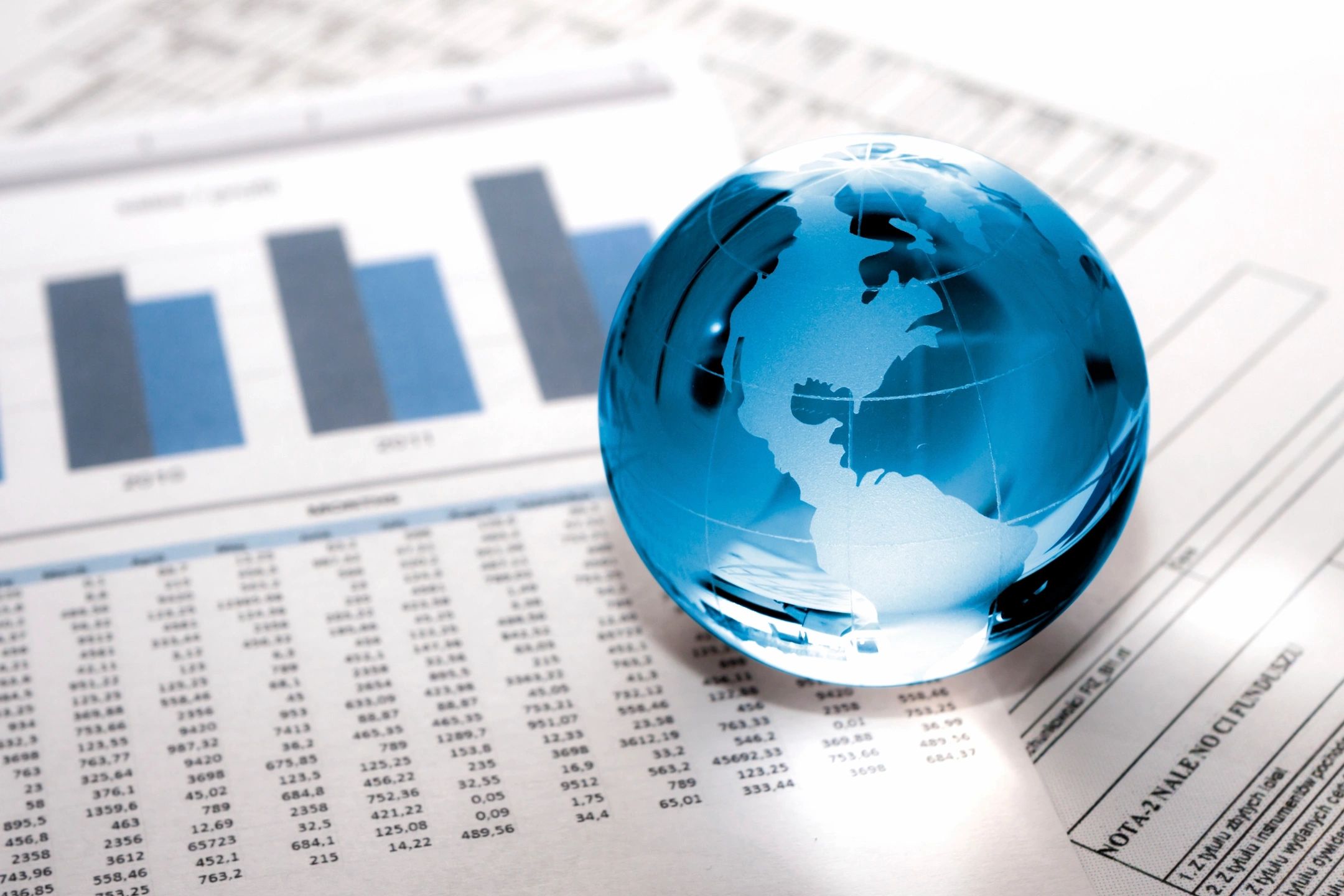Tariff Hikes Between U.S. and China Could Mean Higher Prices for Canadian Online Shoppers
As escalating tariffs force some Chinese sellers to raise prices for U.S. markets, retail experts warn that Canadian online shoppers may soon feel the ripple effects—on everything from electronics to everyday basics like socks.
This follows a major development this week: U.S. President Donald Trump raised tariffs on Chinese goods to 145 per cent, intensifying a trade war that could disrupt global supply chains. In response, China increased its tariffs on U.S. imports to 125 per cent.
While Canada has so far avoided being directly targeted in this latest round of tariff hikes, experts caution that Canadians are not entirely insulated from the fallout.
“Canada is often caught in the crossfire,” said Jean-François Ouellet, associate professor of entrepreneurship and innovation at HEC Montréal, who specializes in international marketing.
Many e-commerce orders placed on Canadian platforms—such as Amazon.ca—are actually fulfilled via U.S. distribution centers. If a product is made in China and shipped through the U.S., new tariffs may boost its cost before it reaches Canada.
Could Amazon Prices Go Up?
In the U.S., price increases are already being felt.
China’s largest cross-border e-commerce association reported that many Chinese sellers on Amazon are either hiking prices or planning to exit the U.S. market altogether due to the new tariffs. Amazon CEO Andy Jassy echoed this concern, saying millions of third-party sellers, many of whom are based in or source from China, may be forced to pass costs along to consumers.
By the end of the week, Chinese electronics brand Anker—one of Amazon’s biggest sellers—had raised prices on 20% of its U.S. inventory.
What About Amazon.ca?
The impact on Canadian consumers remains unclear.
Nicholas Li, an associate professor of economics at Toronto Metropolitan University, noted that Amazon.ca’s domain doesn’t guarantee that products are stored or shipped from within Canada. However, in practice, most goods listed are warehoused locally and already include any applicable tariffs.
That means most Amazon.ca customers may not notice an immediate price hike due to the U.S.-China tariff war, according to Samuel Roscoe, a lecturer in supply chain management at the University of British Columbia’s Sauder School of Business.
Still, if orders pass through the U.S. or use American distribution networks, Canadian buyers could face indirect cost increases, Ouellet added.
What About Other Shopping Platforms?
Online retailers like Temu, Shein, and Walmart.ca could also be affected. According to data firm Marketplace Pulse, nearly 28% of sellers on Walmart’s marketplace last year were based in China.
Many of these platforms rely on direct-from-China dropshipping, which currently avoids U.S. tariffs. But if Canada decides to follow the U.S. lead or introduces new inspections, handling fees, or duties, costs could rise—and so could delivery delays.
Even without direct action from Canada, broader disruptions to shipping lanes or supplier uncertainty could eventually push prices higher.
Are Canadian Retailers Immune?
Many Canadian brands, including Aritzia, Lululemon, and Canadian Tire, rely on manufacturing in China. If these goods are routed through the U.S. or use raw materials affected by tariffs, production costs could climb.
Larger companies with more flexible supply chains might adapt more quickly. Both Lululemon and Aritzia, for instance, operate Canadian distribution centers, allowing them to bypass U.S. tariffs in many cases.
When Could Prices Start Rising?
According to Li, some retailers stocked up on inventory ahead of the tariff hike, adopting a “wait and see” approach. As a result, price increases might be delayed—but not indefinitely.
“For Canadian consumers, the impact is more indirect,” he said. “But by delay, I mean months, not years.”



